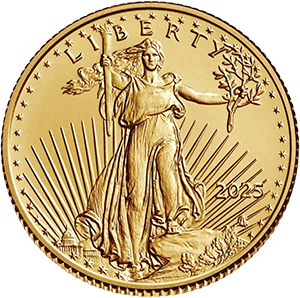
Few legends carry the weight and mystery of Yamashita’s Gold — a rumored wartime treasure trove said to contain billions in looted gold, hidden in the Philippines by the retreating Japanese army during the final days of World War II. Named after General Tomoyuki Yamashita, this elusive fortune has long enticed adventurers, spurred conspiracy theories, and provoked questions about the true nature of wealth, secrecy, and power.
But beyond the intrigue lies a deeper truth: gold’s significance as a store of value transcends time, empire, and even war itself. As we face new global uncertainties, gold continues to serve as a prudent, tangible safeguard for modern investors seeking stability in a volatile financial world.
The Legend of Yamashita’s Gold
The story begins in the early 1940s, during Japan’s military expansion across Southeast Asia. According to legend, Japanese forces looted gold, art, and other treasures from across the region — from banks, museums, and temples — and transported them to the Philippines to be buried in a complex network of underground tunnels and bunkers.
The plan, supposedly orchestrated by high-ranking Japanese officials with connections to imperial leadership, was to reclaim the treasure after the war. But as Allied forces closed in, the caches were left behind — their locations known only to a handful of officers, many of whom did not survive the conflict. General Yamashita himself was executed in 1946 for war crimes, leaving behind no known confession.
Fact, Fiction, and Financial Implication
Despite numerous expeditions and even alleged recoveries — some involving covert intelligence agencies and shadowy deals — no definitive public proof of Yamashita’s Gold has emerged. Yet the legend persists, in part because it reflects something very real: the historical reliance on gold as a trusted store of value in times of collapse, chaos, and transition.
Indeed, the mere plausibility of such a story underscores a timeless truth: when governments fall, currencies fail, and regimes change, gold remains.
Gold as a Safe Haven in Modern Times
The use of gold during wartime is no mere legend. Throughout history, gold has served as the ultimate form of crisis insurance. It is:
-
Borderless: Gold holds value across cultures and continents.
-
Liquid: Easily bought, sold, and exchanged globally.
-
Secure: Immune to digital threats and systemic failures.
-
Enduring: A tangible asset with a 5,000-year track record of trust.
Today, amid rising inflation, currency devaluation, and geopolitical unrest, investors are increasingly turning to precious metals — not unlike the wartime generals of the past — to protect and preserve their wealth.
Gold Ownership in the 21st Century
Unlike the treasure hunters of old, modern investors need not rely on myth or misfortune to access gold. With the availability of:
-
Bullion and coins
-
Precious metals IRAs
-
Secure domestic and offshore vaulting
-
Fully insured delivery and storage
...gold ownership has never been more practical or secure. It is no longer hidden in remote caverns, but offered through trusted institutions that empower individuals to take control of their financial future.
Conclusion: History Repeats, But Wealth Endures
The tale of Yamashita’s Gold may remain shrouded in mystery, but its lesson is clear: in times of upheaval, gold survives. Its value is not speculative — it is elemental. In an era where digital illusions abound and financial systems grow increasingly fragile, owning gold is not a romantic notion. It is a reasoned decision.

